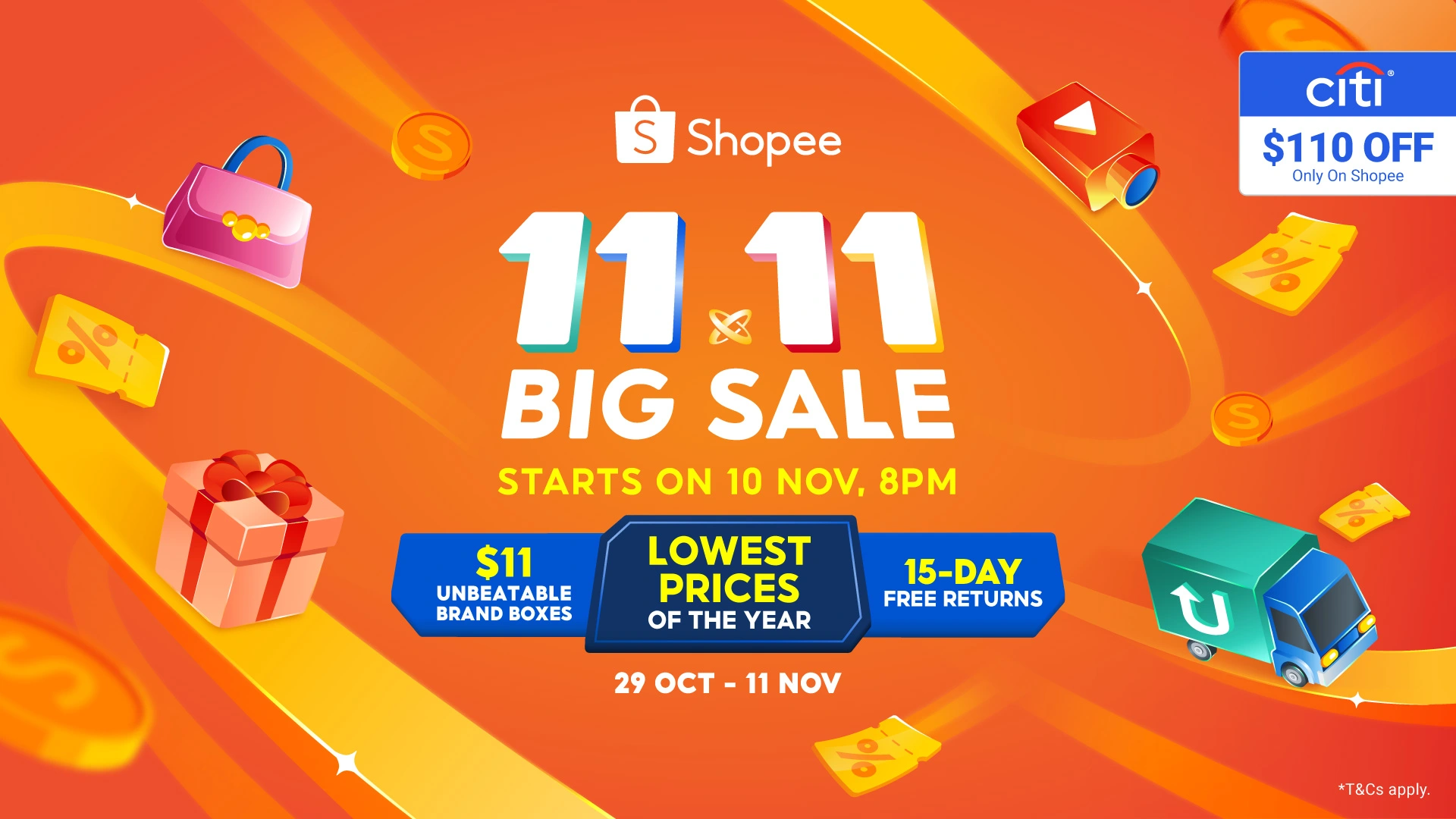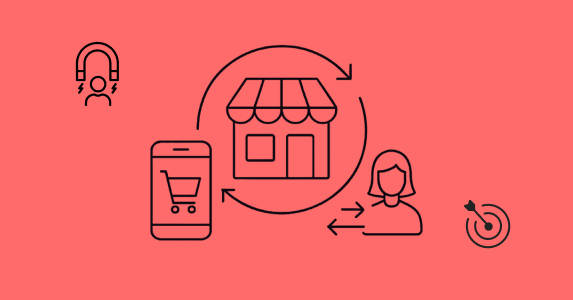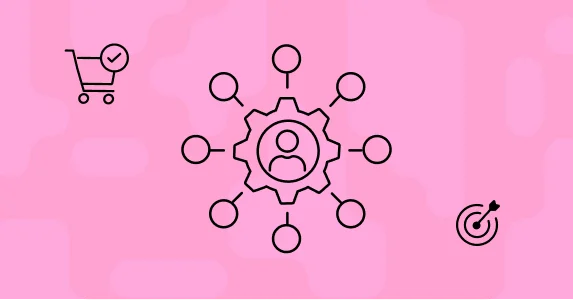Singles’ Day (11.11) is the world’s largest shopping event—but many global brands still underestimate its potential. With the right strategy, you can turn it into your biggest annual revenue driver.
Let’s be honest—most marketers obsess over Black Friday and Cyber Monday but barely give Singles’ Day a second thought. That’s a mistake. Singles’ Day has quietly grown into a global retail phenomenon. It started in China but now drives billions in ecommerce revenue across Asia, Europe, and even the U.S.
If you’ve been treating Singles’ Day like “just another sale,” it’s time to rethink. This isn’t just about discounts; it’s about tapping into the world’s most engaged, purchase-ready audience. In this guide, I’ll walk you through what Singles’ Day is, why it’s exploding in ecommerce, and the exact strategies you can use to increase revenue through smarter Singles’ Day deals and discounts.
What Is Singles’ Day?
Singles’ Day began as a celebration for single people in China—but has become the world’s largest online shopping festival, with billions in sales and a growing global footprint.
Here’s the quick story. Singles’ Day, or “11.11,” started back in the 1990s when Chinese university students decided to celebrate being single on November 11 (the four “1s” representing single individuals). In 2009, Alibaba saw an opportunity—and transformed it into a shopping event.
The rest is ecommerce history.
- Today, Singles’ Day (11.11) sales are most prominent in China and Southeast Asia, but they’ve also spread to Europe, the U.S., Russia, and Brazil.
- Its global reach and impact can vary, but one thing’s consistent—it’s massive.
- The event has become the world’s largest online shopping festival, with major retailers and ecommerce giants (Alibaba, JD.com, Lazada, Shopee, and more) promoting it heavily.

Just how big is it?
- In 2024, Alibaba and JD.com combined for over $150 billion in GMV. Learn more.
- Brands ran thousands of campaigns in the span of 24 hours—many selling out in minutes.
For marketers, Singles’ Day isn’t just a “China thing” anymore. It’s a global signal: consumers are ready to buy. Your job is to meet them with the right offers, at the right time, on the right channel.
Singles’ Day Is on the Rise in Ecommerce
Singles’ Day is no longer a local event—it’s a 10-day global retail festival redefining how brands engage customers and drive sales.
Here’s what’s fascinating about Singles’ Day—it keeps evolving. What used to be a one-day shopping blitz has become a week-long (sometimes two-week-long) ecommerce celebration.
What’s changed:
- Extended sale windows: Pre-sales, influencer teasers, and live shopping now start 7–10 days before 11.11.
- Cross-border participation: Brands from Europe, India, and the Middle East are joining the event.
- Customer expectations: Shoppers now expect exclusive Singles’ Day deals, early access, and highly personalized offers.

Why it matters for marketers:
- This isn’t just a discount race. The most successful brands use Singles’ Day to build relationships, test AI-driven personalization, and drive retention.
- Take Nike for example: they use localized campaigns with AR try-ons.
- Sephora uses member-only previews and early access sales to reward loyalty.
- Samsung drives engagement with cross-border live shopping experiences on platforms like Lazada.
Singles’ Day is now a stage for innovation—a chance to experiment with interactive experiences, test personalized offers, and measure the impact in real time.
Strategies to Increase Revenue with Singles’ Day Sales
1. Start Early and Build Anticipation
The earlier you start, the higher your Singles’ Day revenue. Build hype, not just discounts.
If there’s one pattern we’ve seen year after year, it’s that brands who start early—win big. Shoppers begin researching Singles’ Day deals weeks before 11.11, and you want to be on their radar early.
Here’s how to build momentum:
- Tease your offers: Launch early access signups or “VIP-only” teasers 3–4 weeks ahead.
- Reward loyalty: Give existing customers sneak peeks or pre-sale access to your best Singles’ Day discounts.
- Create countdowns: Add live timers and early bird incentives to trigger FOMO.
Example: Amazon Prime Day uses pre-sale hype and early deals to build momentum. Singles’ Day should be no different. The earlier you engage, the more customers you’ll convert when the sale drops.
2. Personalize the Experience at Scale
Generic promotions don’t cut it. AI-driven personalization can 2–3x your Singles’ Day conversions.
Customers are tired of one-size-fits-all marketing. On Singles’ Day, their inboxes are flooded. The brands that win use data to stand out with relevance.
Here’s what works:
- Segment intelligently: Identify high-LTV customers, dormant users, and deal hunters.
- Customize bundles: Create product pairings based on past purchases or behavior.
- Dynamic messaging: Adjust discounts and content based on real-time engagement.
Platforms like Netcore make this effortless.
- The Segment Agent predicts purchase intent.
- The Content Agent crafts personalized product recommendations and messages.
- Combined, they help you deliver relevant Singles’ Day deals at scale—without extra manual effort.
The result? Customers feel seen, and your conversions (and average order value) soar.
3. Optimize for Mobile and Speed
70%+ of Singles’ Day traffic is mobile. If your site’s slow or your checkout’s clunky, you’re losing sales—fast.
Singles’ Day is a race against attention spans. A delay of just a few seconds can mean thousands in lost sales.
Here’s what to fix right now:
- Speed matters: Compress images, use CDNs, and test mobile load times.
- One-click checkout: Integrate local payment options like UPI, PayPal, or Apple Pay.
- Design for thumbs: Simplify navigation and minimize form fields.
Bonus tip: Run app-exclusive Singles’ Day discounts to drive installs and loyalty. Once they download your app, you own the channel—and that’s priceless.
4. Leverage Urgency and Scarcity

Singles’ Day shoppers expect fast-moving deals. Lean into that psychology—create a sense of urgency that nudges action.
Here’s how:
- Countdown timers: Add visible timers on product pages.
- Social proof: Show how many people are viewing or buying an item.
- Flash sales: Offer hourly “Lightning Singles’ Day deals” with limited stock.
- Push notifications: Send FOMO reminders like “Only 3 hours left to claim your discount!”
A little urgency done right can boost conversion rates by 20–40%. Just don’t overdo it—authentic scarcity builds trust, fake scarcity erodes it.
5. Go Omnichannel for Maximum Impact
Customers jump between channels—your campaigns should too. Meet them wherever they are, seamlessly.
Gone are the days when one email blast could do the job. Today’s shoppers discover deals on Instagram, research on mobile, and complete purchases on desktop.
Here’s how to unify your strategy:
- Synchronize offers: Keep prices, promotions, and inventory consistent across channels.
- Automate journeys: Use Netcore’s Omnichannel Orchestrator to trigger real-time messages based on behavior.
- Mix channels: Combine web, app, email, WhatsApp, and push notifications for cohesive storytelling.
Example: A shopper abandons a cart on your website. Within 30 minutes, they get a WhatsApp message with a personalized Singles’ Day discount code. That’s agentic marketing in action—timely, relevant, and automated.
6. Retarget and Reactivate Post-Sale
Don’t stop when Singles’ Day ends. The post-sale window is your chance to turn one-time buyers into loyal customers.
Too many brands go quiet after the sale—and lose momentum. Retargeting and reactivation can turn a short-term spike into long-term growth.
Here’s how:
- Retarget non-buyers: Offer them slightly better post-Singles’ Day deals.
- Re-engage new customers: Send “thank you” emails with personalized product recommendations.
- Reactivate dormant users: Use Netcore’s Insights Agent to identify who’s likely to churn and re-engage them with time-sensitive offers.
Remember: retention is cheaper than reacquisition. Singles’ Day can be the spark that reignites your entire customer lifecycle—if you play it smart.
7. Measure, Learn, and Optimize for Next Year
What gets measured gets improved. Treat Singles’ Day like a data goldmine for next year’s success.
Once the rush ends, don’t just move on. Take the time to analyze:
- Which channels drove the highest ROI?
- Which Singles’ Day discounts performed best?
- Which customer cohorts spent the most?
Feed these insights into your always-on marketing stack. The goal isn’t just a better Singles’ Day next year—it’s smarter, data-backed marketing all year round.
Conclusion: Turning Singles’ Day into a Long-Term Growth Engine
Singles’ Day isn’t a one-off discount spree—it’s a strategic opportunity to drive sustainable, repeatable revenue.
If you treat 11.11 like a 24-hour flash sale, you’ll make a splash but no ripple. But if you approach it strategically—using AI, personalization, and omnichannel engagement—you can create a revenue flywheel that compounds over time.
Here’s the formula to remember:
- Start early. Build anticipation before 11.11.
- Personalize deeply. Use data and AI to deliver the right Singles’ Day deals.
- Connect channels. Orchestrate consistent experiences everywhere.
- Follow up. Reactivate, re-engage, and retain.
Singles’ Day is more than a sale—it’s a global retail movement. The brands that master it don’t just win on November 11th. They win the rest of the year as well, leading with profitable growth.
 Holiday Sales Are Won Now — Grab the 2025 Holiday Marketing Guide to Unlock More Revenue.
Holiday Sales Are Won Now — Grab the 2025 Holiday Marketing Guide to Unlock More Revenue. 












